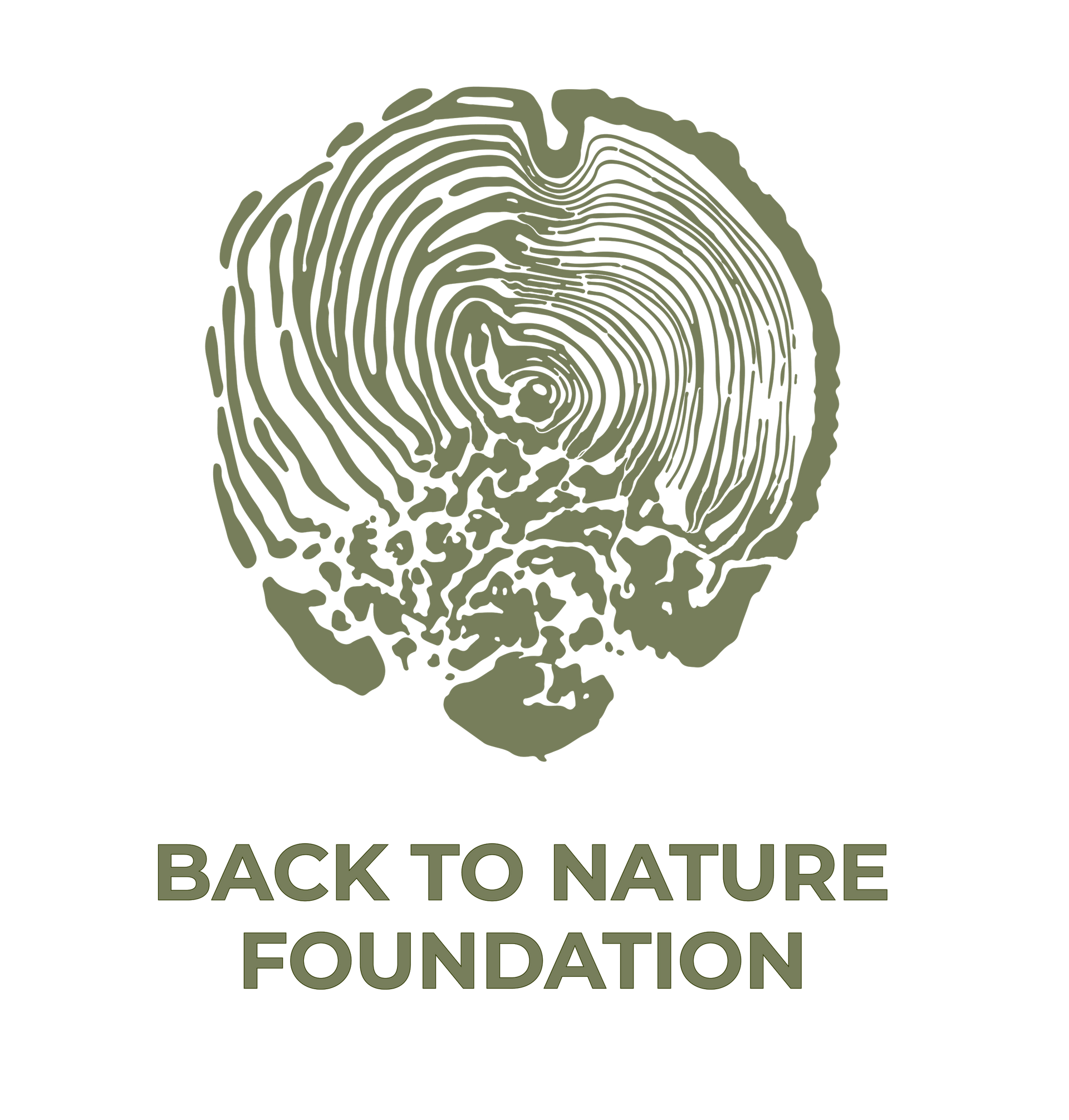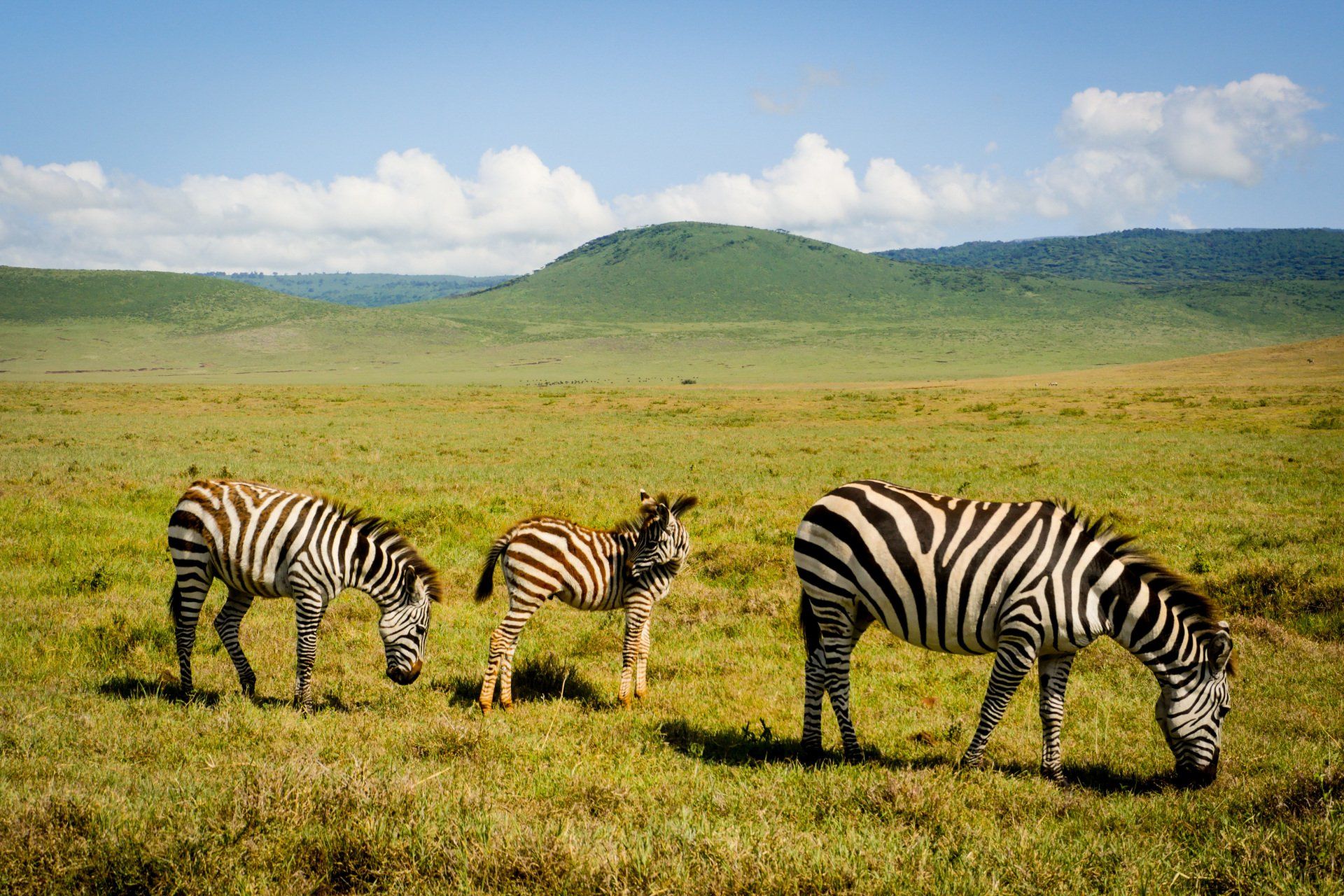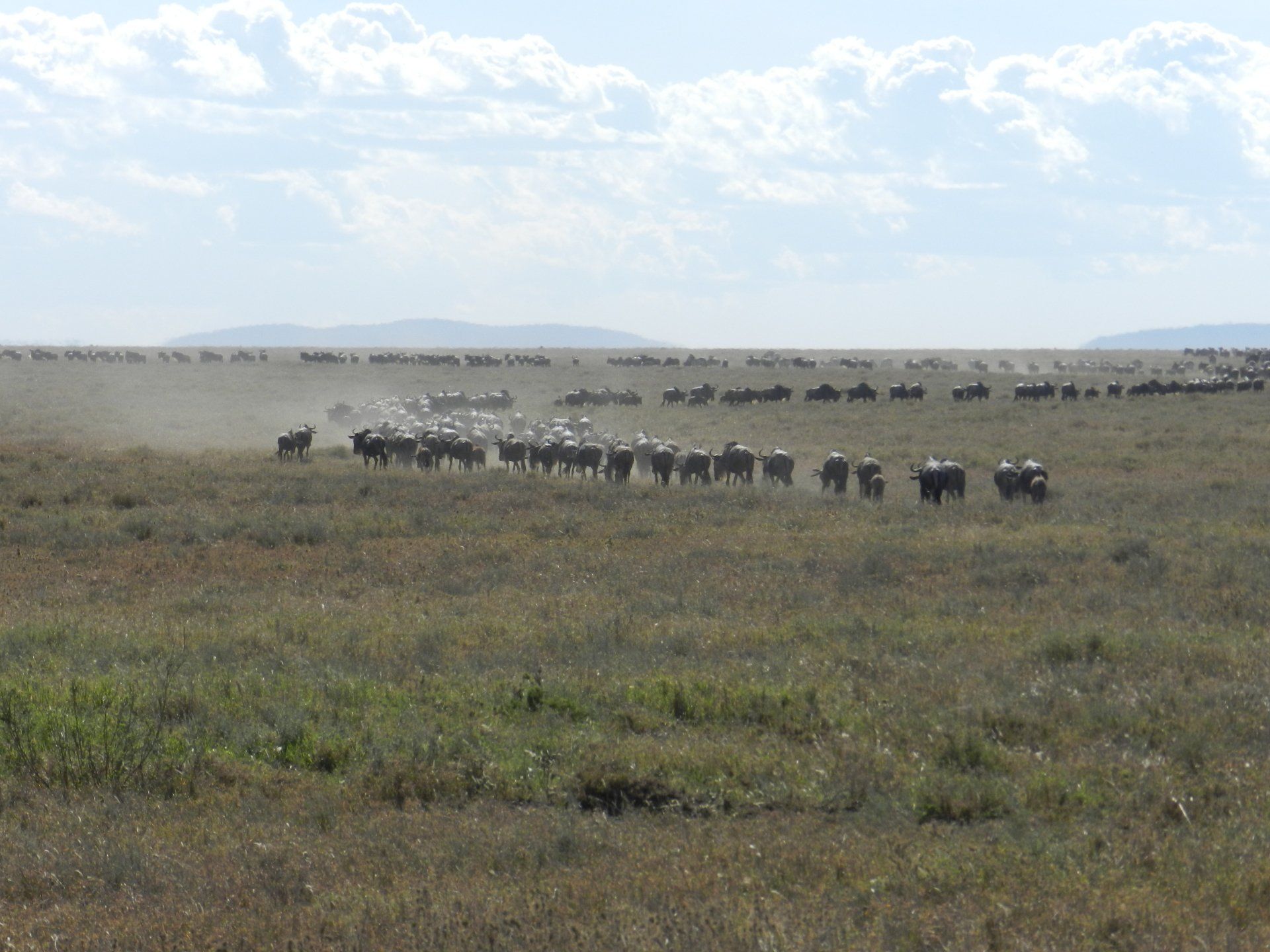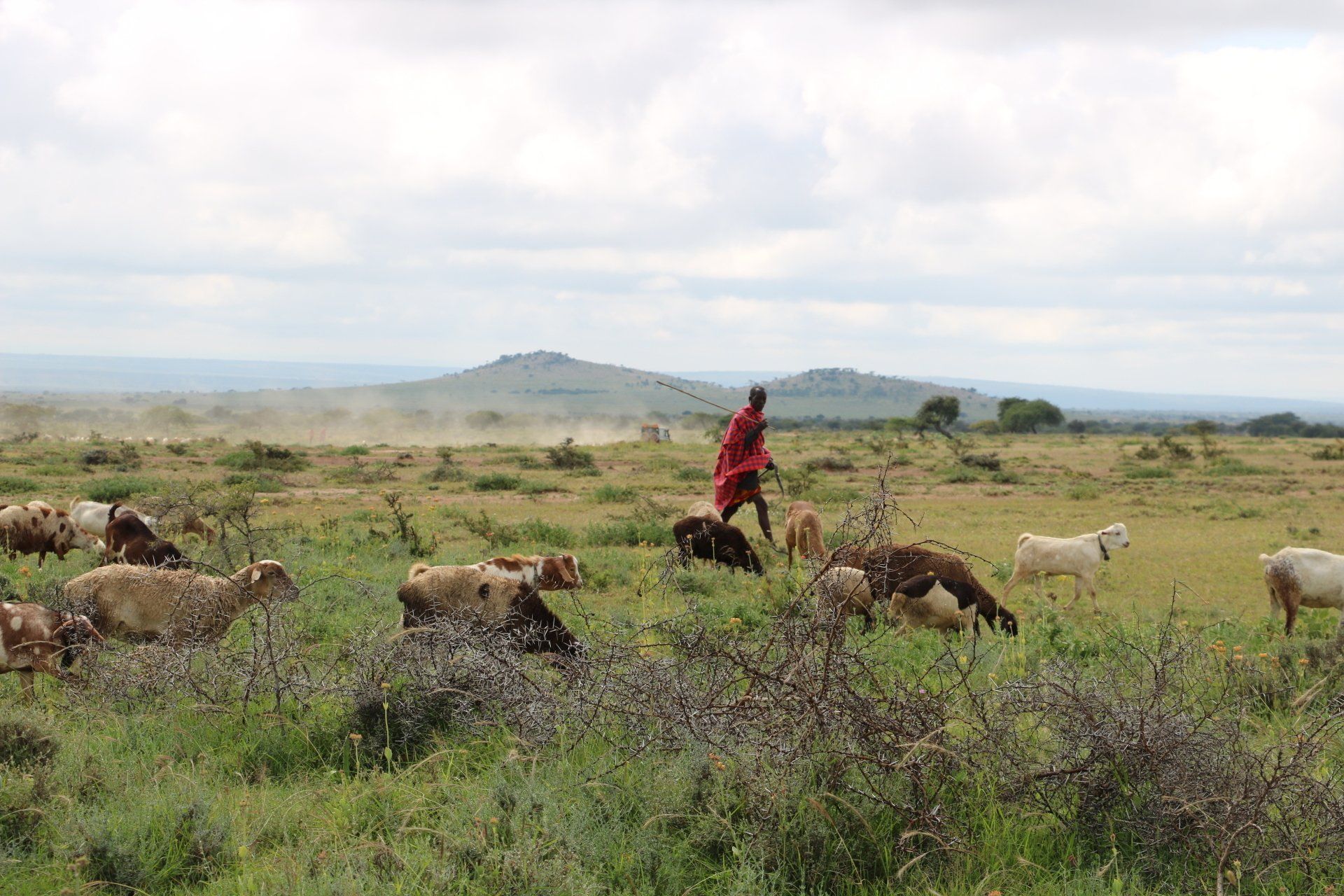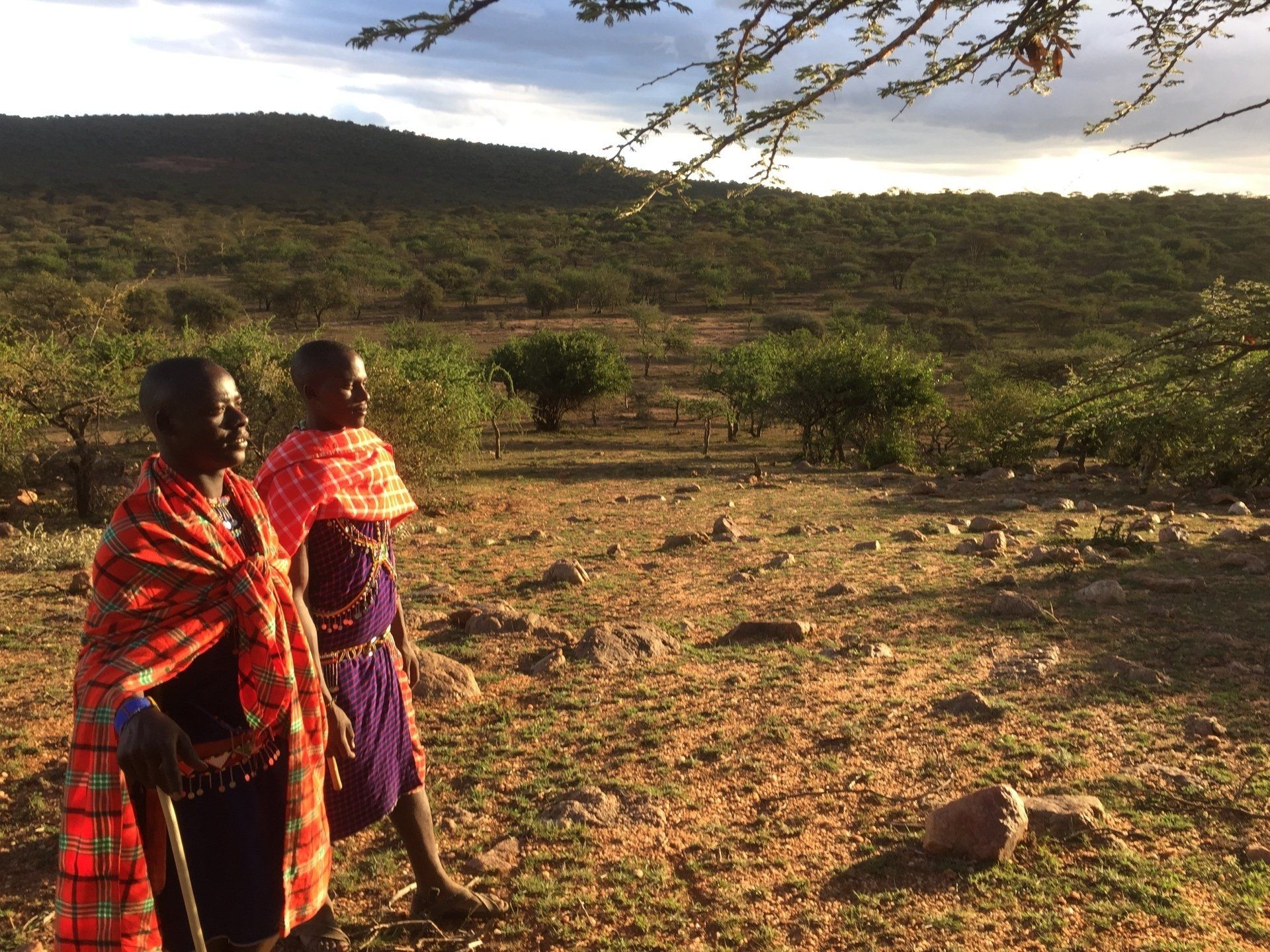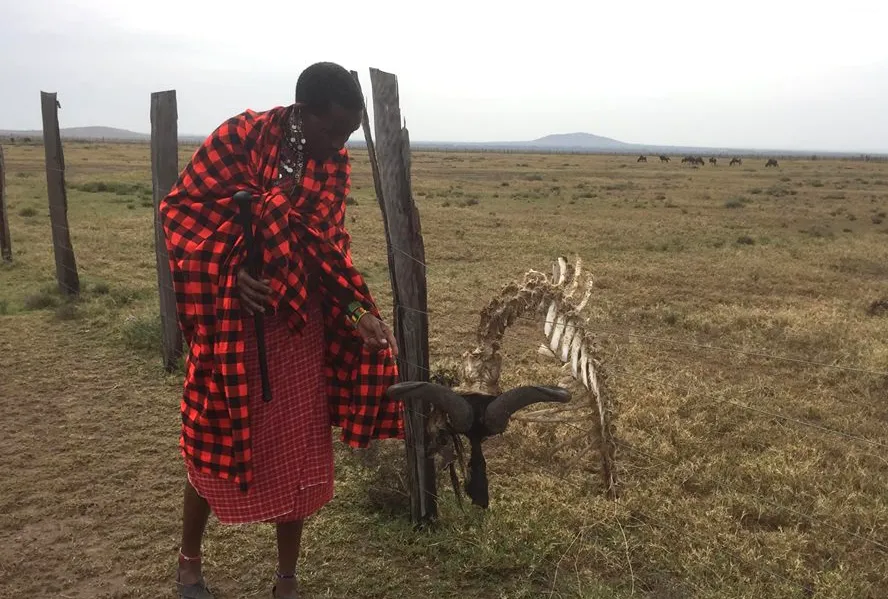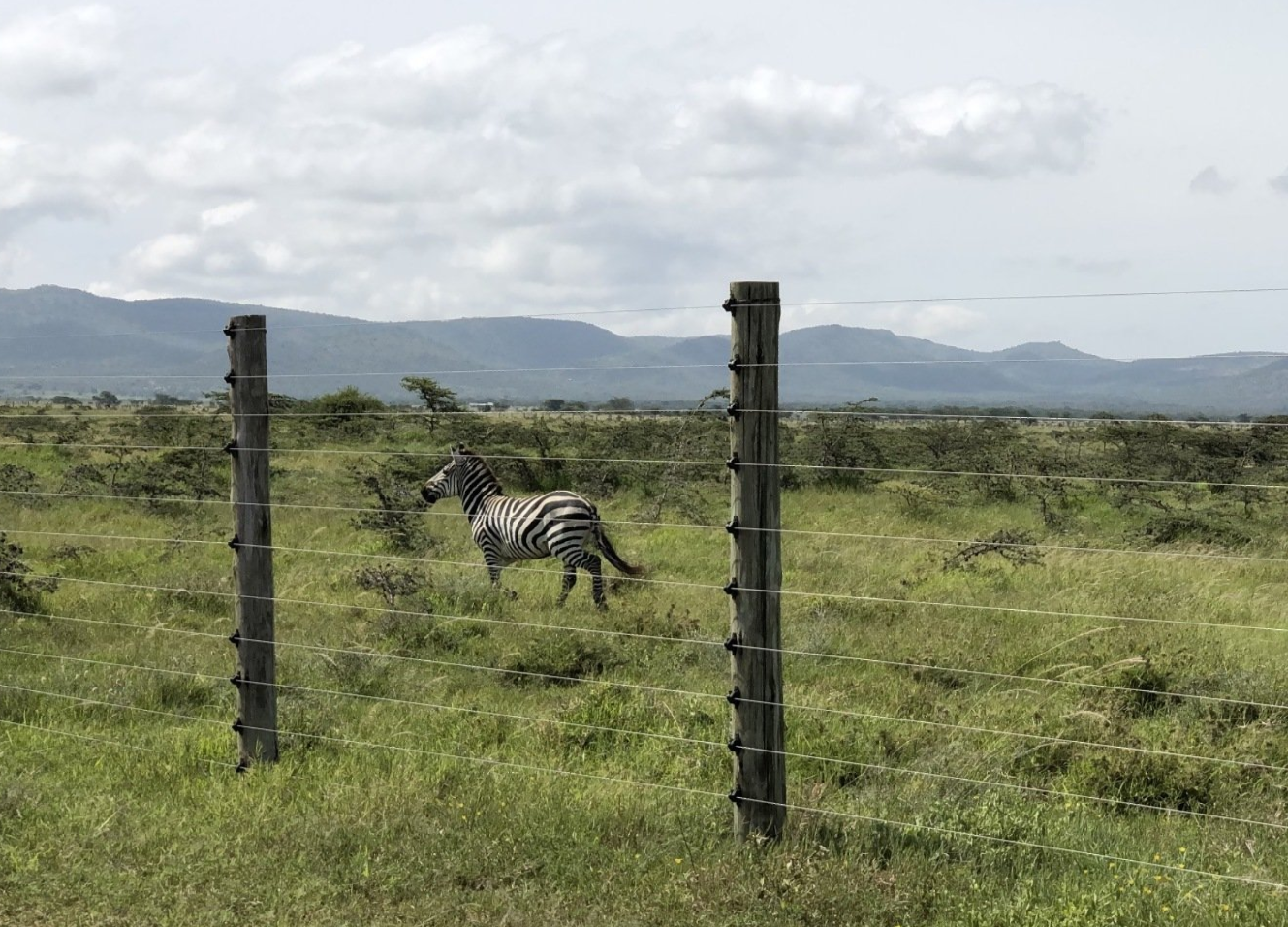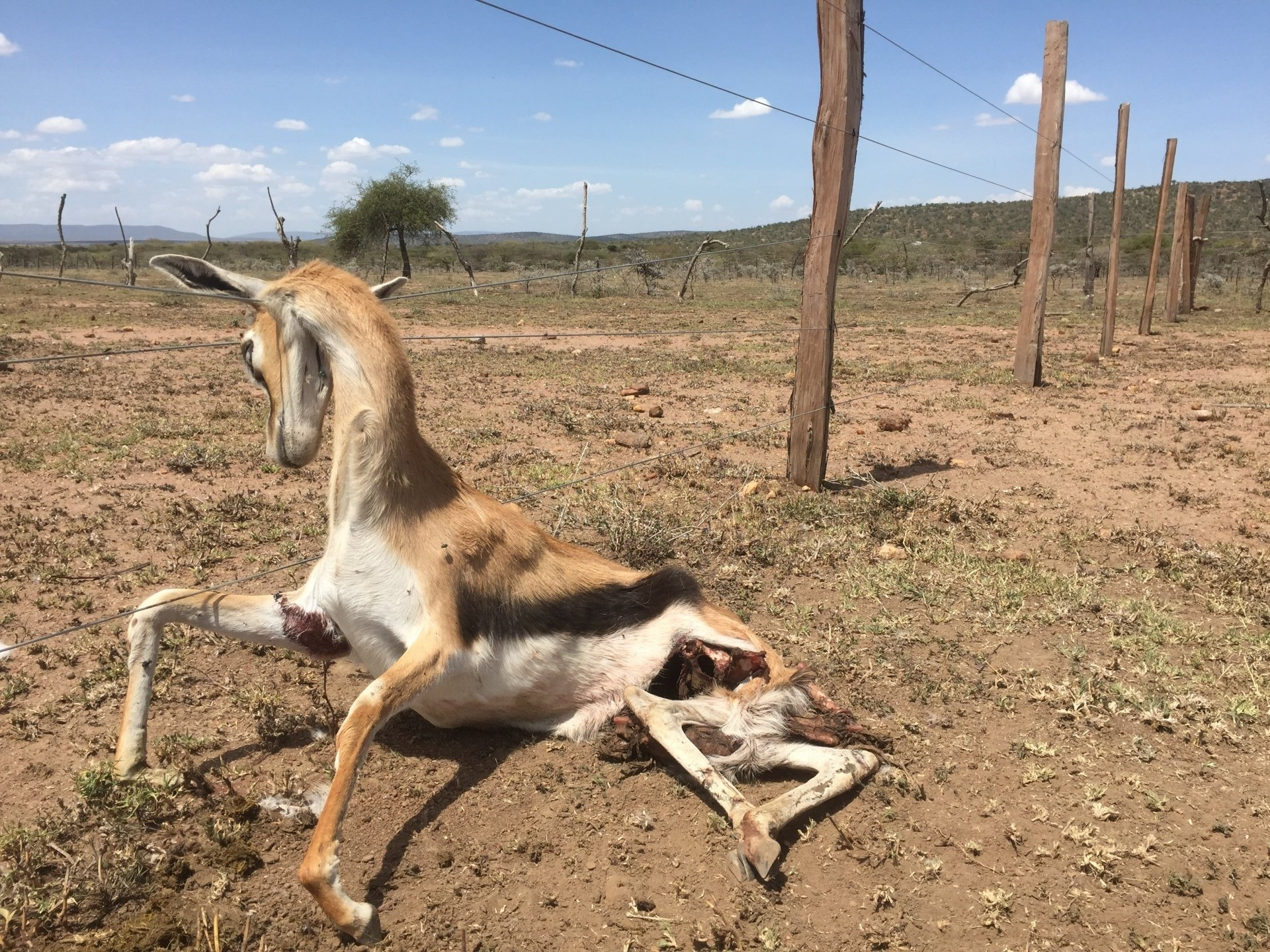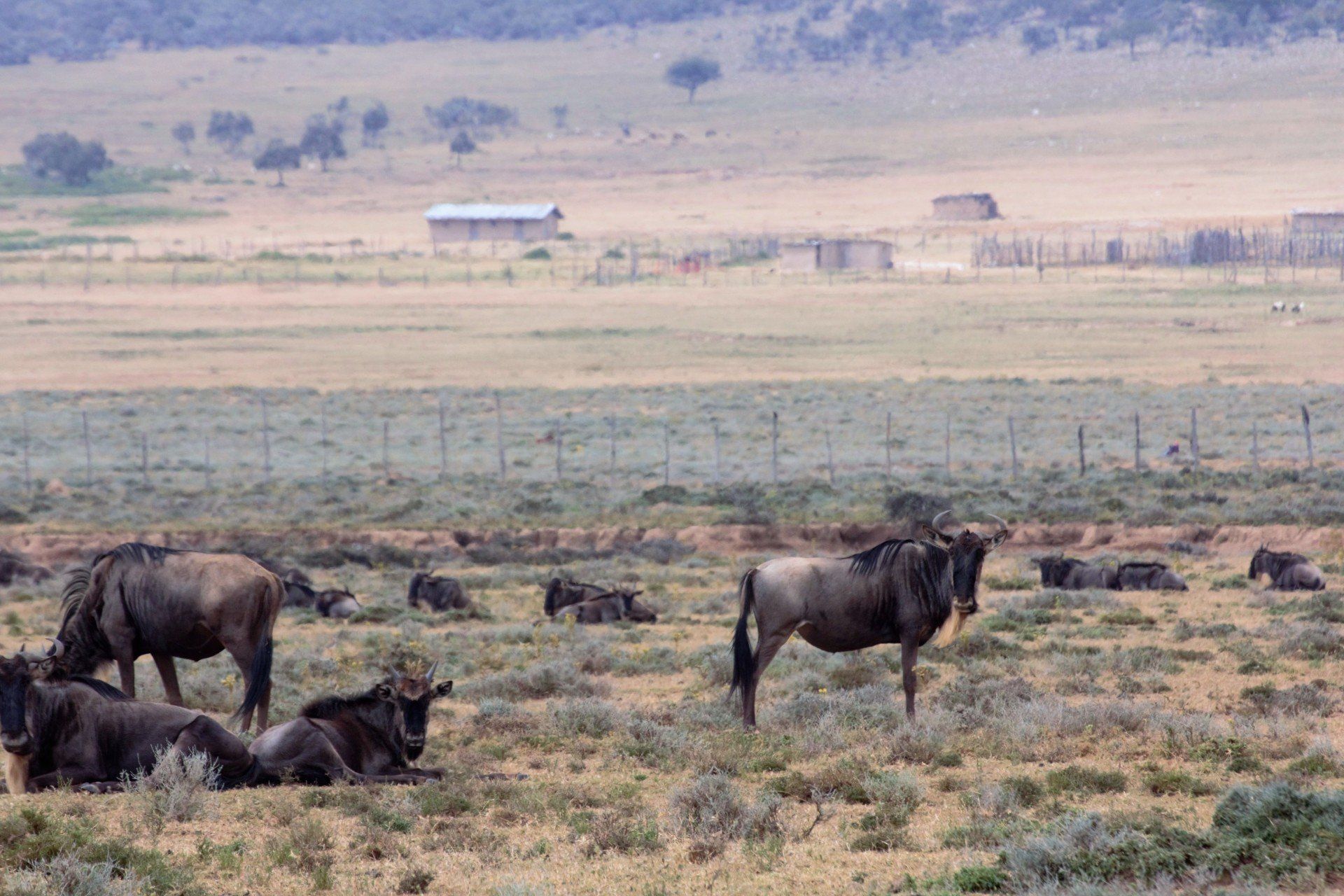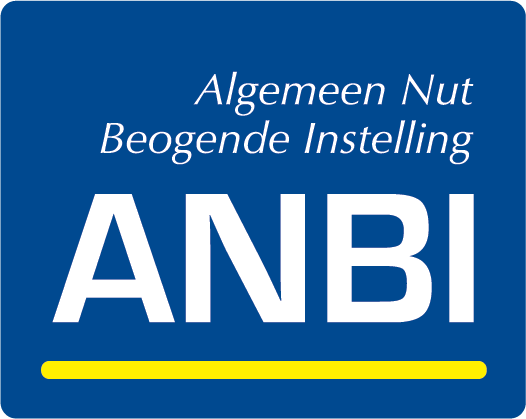Mission & vision
Our mission
The Back to Nature Foundation works on a sustainable future for humans and wildlife, living together in the MASAI MARA ECOSYSTEM. We conserve BIODIVERSITY and MAASAI CULTURAL HERITAGE
by creating conservancy projects together with the community. With these interventions we build a Community Owned Nature Conservancy
where Maasai and wildlife can live a sustainable and happy life in harmony with nature.
Why is this important?
This region is widely regarded to be the cradle of mankind and is
Africa’s most important nature and wildlife area.
The Great Wildebeest Migration between the Masai Mara, Serengeti and the Loita plains was voted in 2007 as
the eighth wonder of the world.
The area is also the home of the
ancients Maasai tribe
and their live stock. All these beautiful creatures of Mother Earth have been sharing natural resources and living in harmony with each other for so many years.
Due to population growth, climate change, individualism, investors buying up land for cultivation, the Biodiversity and Maasai Cultural Heritage in the Masai Mara Ecosystem are now largely endangered. The natural habitat of the native Maasai tribe (1.2 million in Kenya), over 95 native species of mammals and 550 exotic birds, is rapidly decreasing.
MORE THAN 50% OF THE WILDLIFE IN KENYA LIVES OUTSIDE THE PROTECTED NATIONAL PARKS
OVER THE PAST 30 YEARS,
Kenya has lost 70% of its wildlife AND THOUSANDS OF HECTARES OF
MAASAI COMMUNITY LAND.
Migration routes for wildlife and live stock have become very narrow or are even completely blocked, due to massive fencing
of land. Access to clean water and grass has become a daily challenge for the Maasai, their live stock and the wildlife. Starvation, dehydration, overgrazing and land degradation
are serious problems. Furthermore many wild animals are killed by the fences when they run into them especially during the night when they do not see the wires.
A disrupted ecosystem
When there are fewer antelopes, wildebeest and zebra's in the ecosystem, predators like lions and leopards will come to find their food in the village. Goats and sheep are often victims. More human/cattle -wildlife conflicts
are also created due to the too narrow migration corridors which remain. Transmission of diseases from cattle to wildlife and vice versa can take place very easy.
If we do not take action, Kenya's most famous nature and wildlife area, will be gone. This will have an irreversible impact on Mother Earth. Apart from this horrible future perspective, the ancient Maasai culture, with their rich knowledge about nature and medicinal plants, will sadly disappear.
